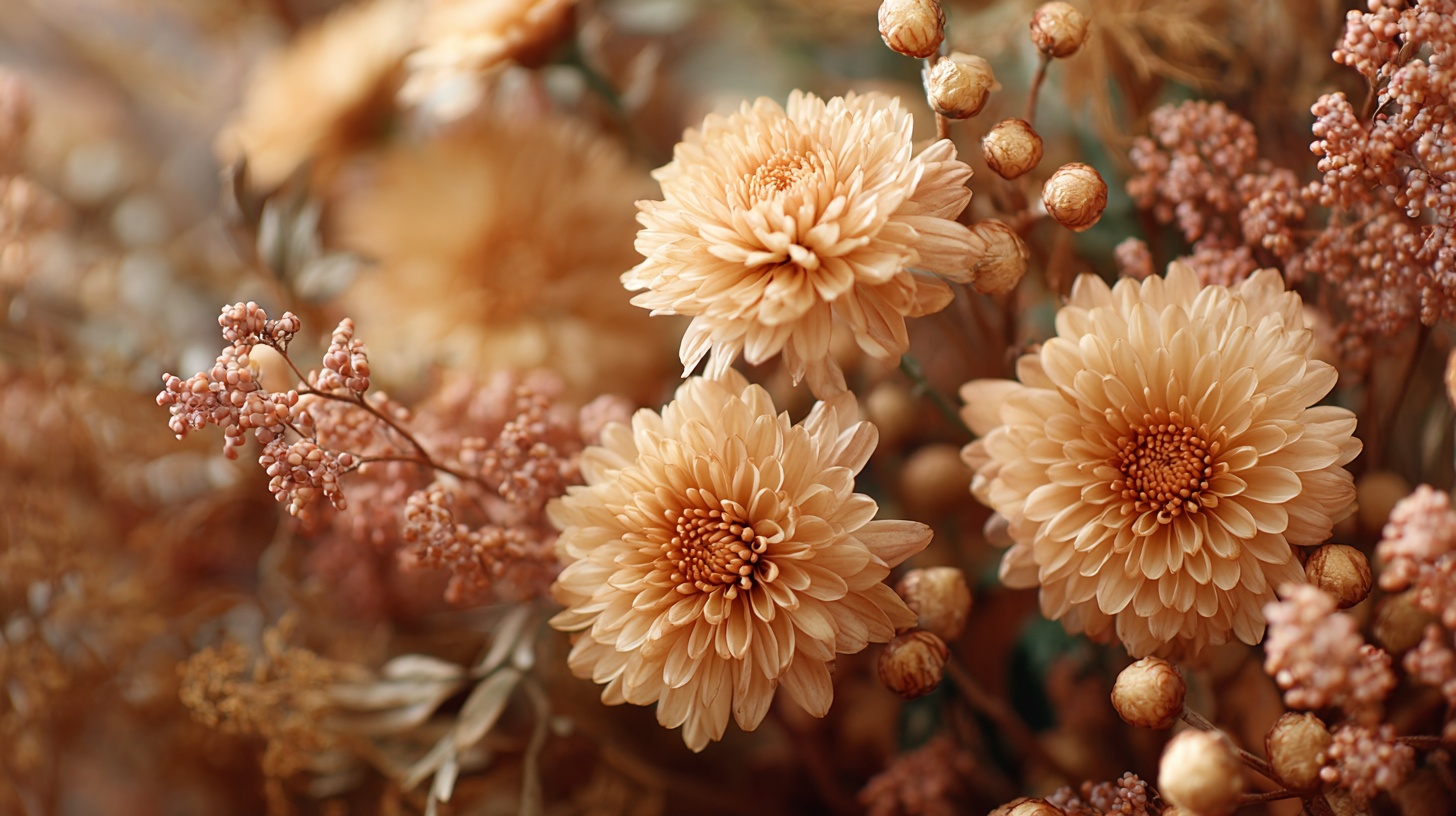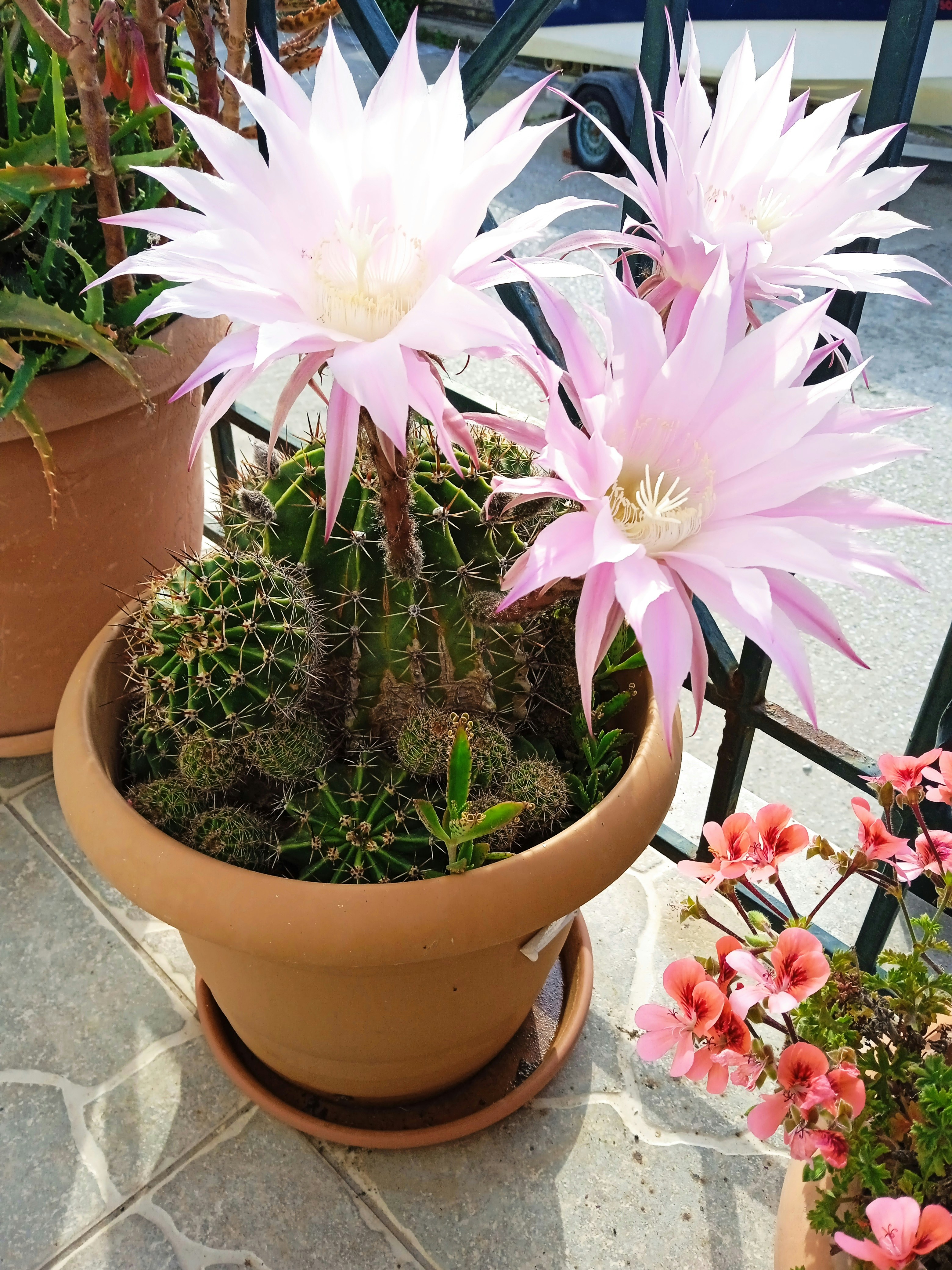
Keeping Cut Flowers Fresh in Dry Heat
Maintaining the freshness of cut flowers in Arizona’s dry heat can be a considerable challenge due to the state’s high temperatures and low humidity levels. These environmental factors can lead to rapid wilting and dehydration of floral arrangements if proper care is not taken. One crucial step in preserving your flowers is to ensure they are adequately hydrated from the moment of purchase. This involves cutting the stems at an angle under running water to create a fresh surface for water absorption.
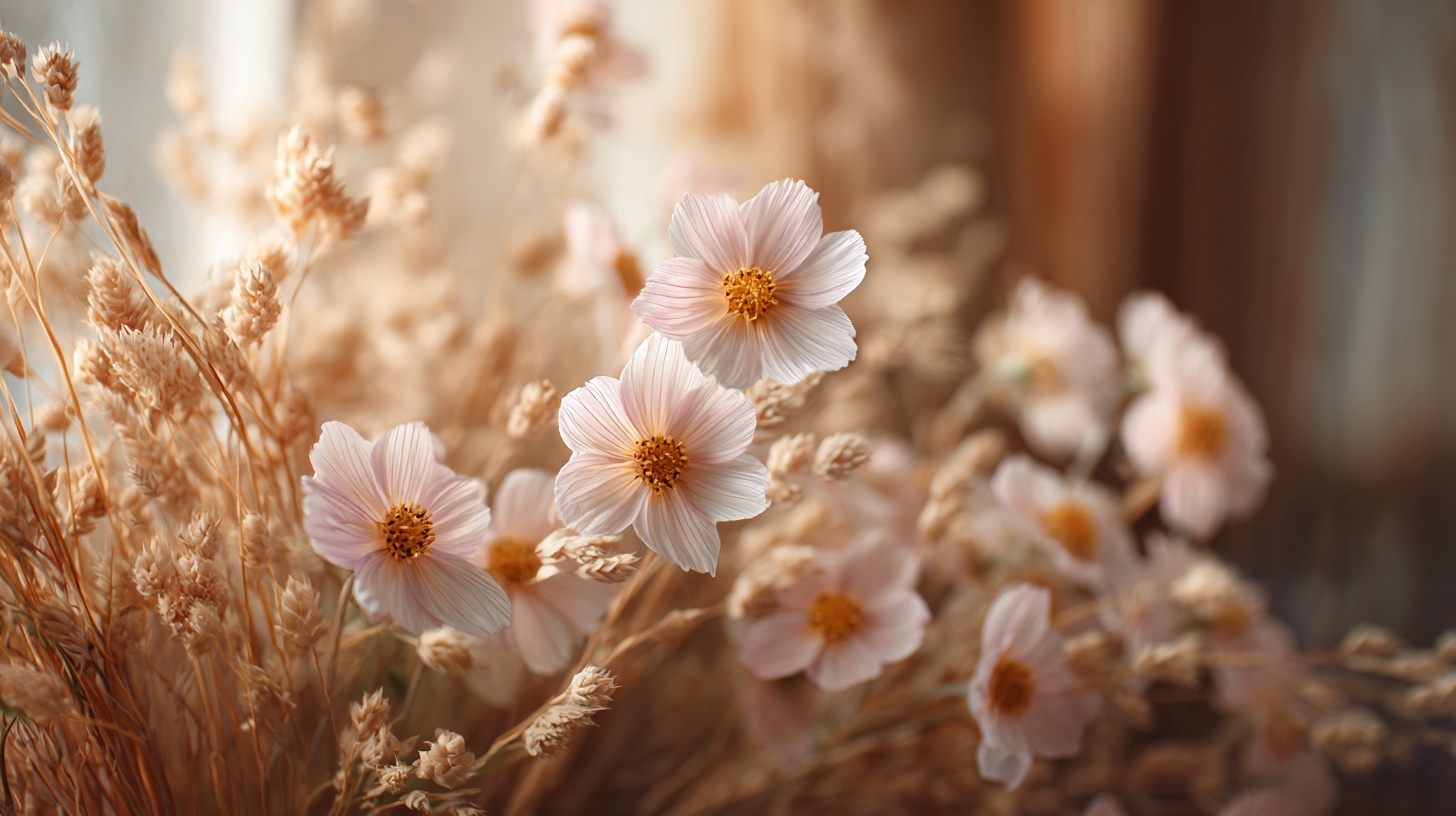
Once the stems are cut, it is essential to place them in a clean vase filled with lukewarm water mixed with a floral preservative. This mixture helps nourish the flowers and contains ingredients that aid in preventing bacterial growth, which can further contribute to the decay of the blooms. Additionally, it is advisable to keep the water level high enough to keep the stems submerged, ideally at least one-third of their length, as this prevents air bubbles from forming which can block water uptake.
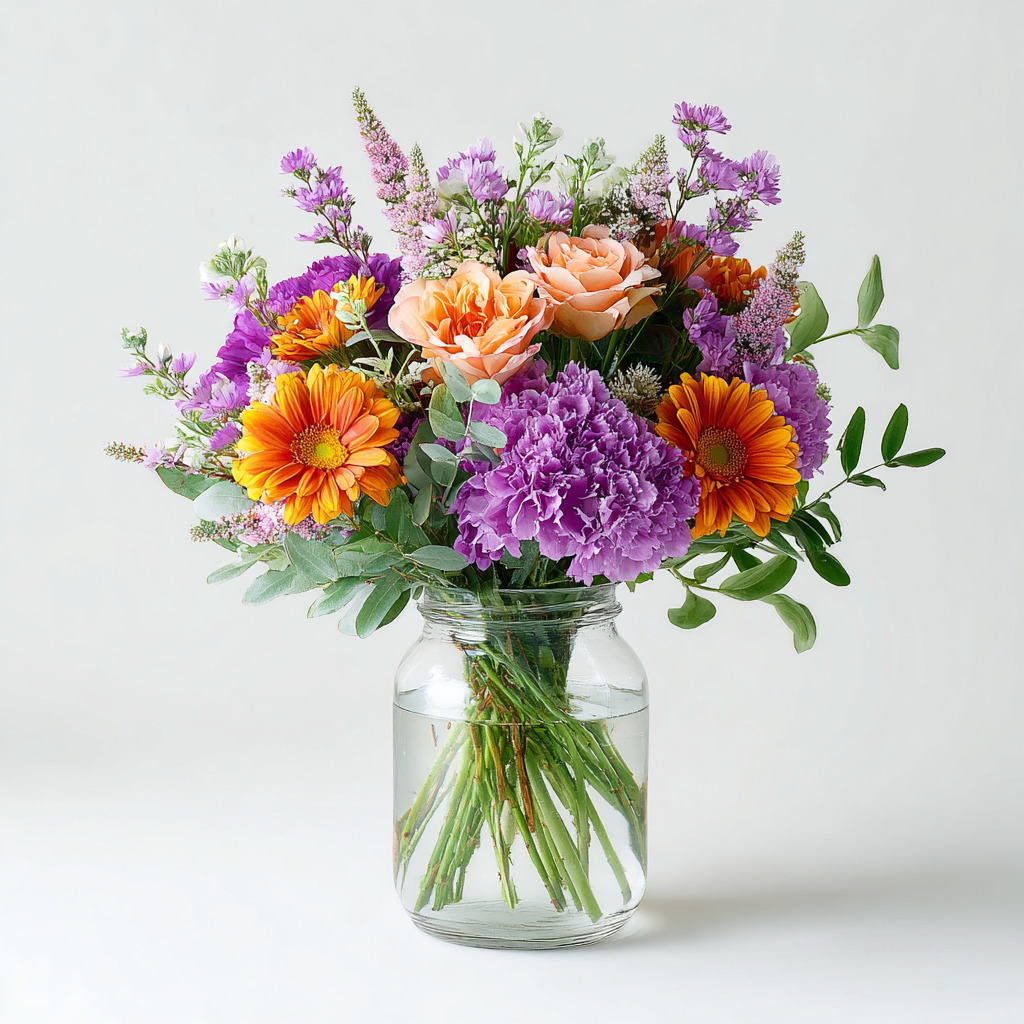
Regular maintenance of the floral arrangement is also vital. It is recommended to change the water every two to three days and re-cut the stems each time to ensure optimal hydration. Additionally, removing any foliage that falls below the waterline is critical to minimizing the potential for bacterial contamination. Observing the cut flowers for early signs of stress, such as drooping heads or browning petals, allows for timely intervention. If noticed, immediate steps such as hastily re-cutting the stems or transferring the flowers to a cooler area can mitigate further damage. By employing these strategies, cut flowers can remain vibrant and appealing, even amidst the challenges presented by Arizona’s harsh climate.
Ideal Placement for Your Floral Arrangements
When arranging cut flowers in Arizona’s extreme climate, selecting the right placement is crucial for maintaining their freshness and vibrancy. Flowers are particularly sensitive to temperature fluctuations, and environments that are too hot or too cold can lead to a rapid decline in their quality. Therefore, avoiding areas near air conditioning vents or direct sunlight is imperative, as these spots can expose flowers to temperature shocks and increase the rate of drying.
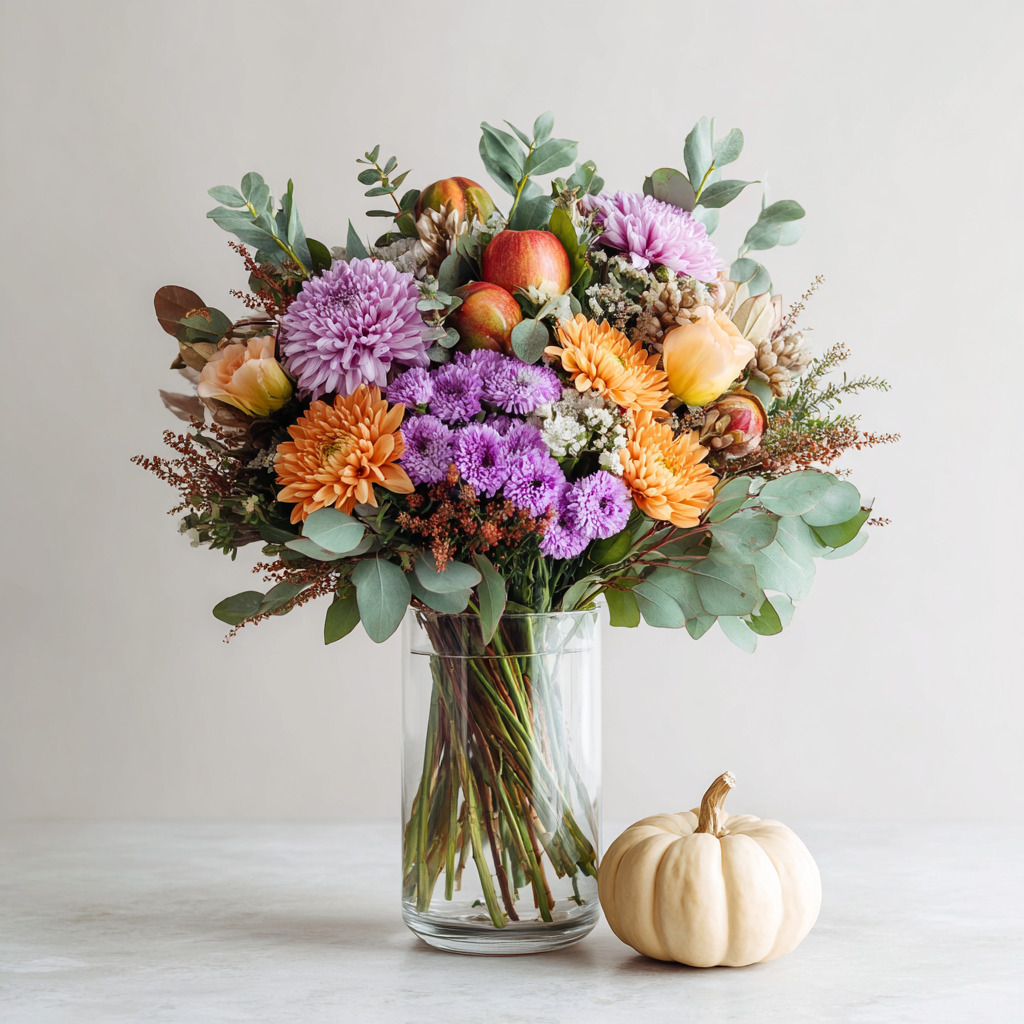
For optimal indoor placement, keep your floral arrangements in a room temperature environment, ideally between 65°F to 75°F (18°C to 24°C). This temperature range is conducive to prolonging the life of the flowers while also enhancing their visual appeal. Moreover, it is essential to consider humidity levels, as dry air can significantly affect the longevity of the flowers. A humidity level of around 40-60% is desirable for most floral varieties, which can be challenging to maintain in Arizona’s arid climate. Utilizing a humidifier in the room or placing a tray of water near the flowers can help achieve this balance.
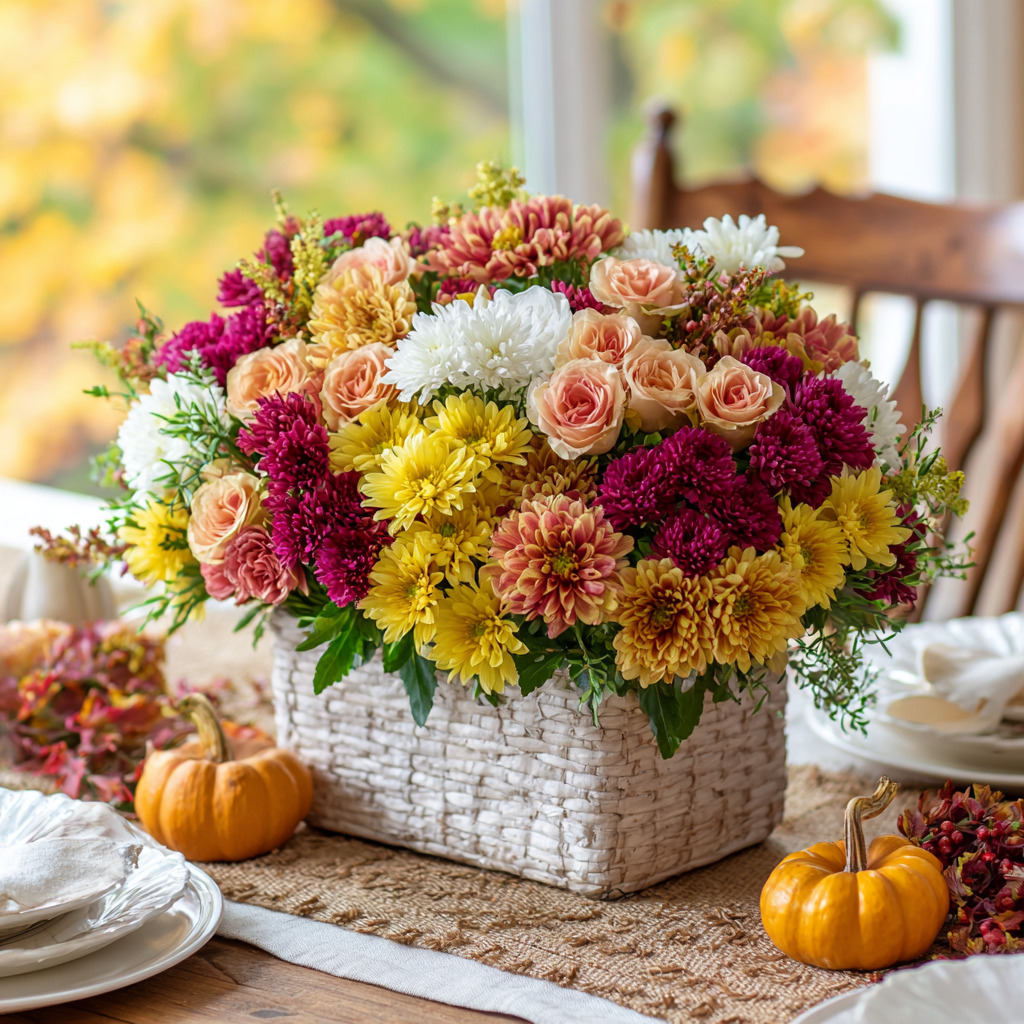
Natural light plays a significant role in the well-being of floral arrangements. While it is essential to avoid direct sunlight, encouraging some indirect light can enhance their color and vitality. Thus, placing arrangements near windows covered with sheer curtains can balance exposure and prevent overheating. In essence, a stable environment free from extreme temperature shifts, excess heat, and low humidity will foster healthier and longer-lasting floral displays. To sum up, appropriate placement is key to maintaining not only the aesthetic appeal but also the longevity of cut flowers in Arizona’s demanding climate.
Using Floral Food Correctly
Floral food plays a critical role in prolonging the lifespan of cut flowers, especially in extreme climates like Arizona’s. The composition of floral food generally includes sugars, biocides, and acidifiers, all of which serve distinct purposes to enhance flower health. Sugars provide essential carbohydrates that flowers utilize for energy, enabling them to maintain freshness. Biocides work to inhibit microbial growth in the vase water, which can lead to flower deterioration. Meanwhile, acidifiers help to lower the pH level of the water, allowing for improved water uptake by the stems.
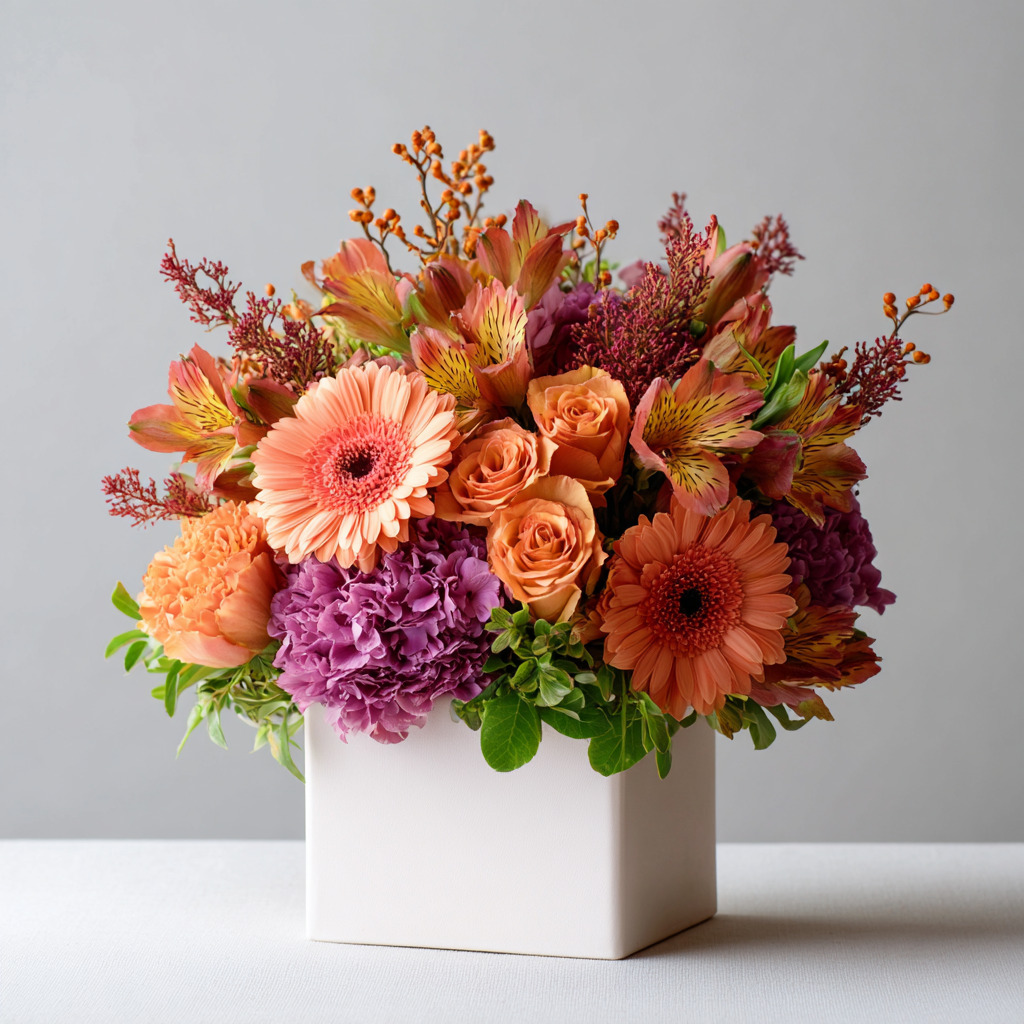
To use floral food effectively, it is essential to follow a specific mixing and application process. First, begin by filling a clean vase with lukewarm water, as it facilitates better absorption. Next, refer to the instructions provided by the floral food manufacturer, generally mixing one packet of floral food with approximately one quart of water. For the best results, ensure that the mixture is thoroughly stirred until the floral food granules are completely dissolved. It is also crucial to apply the floral food immediately after cutting the flower stems at a diagonal angle, which helps maximize water uptake.
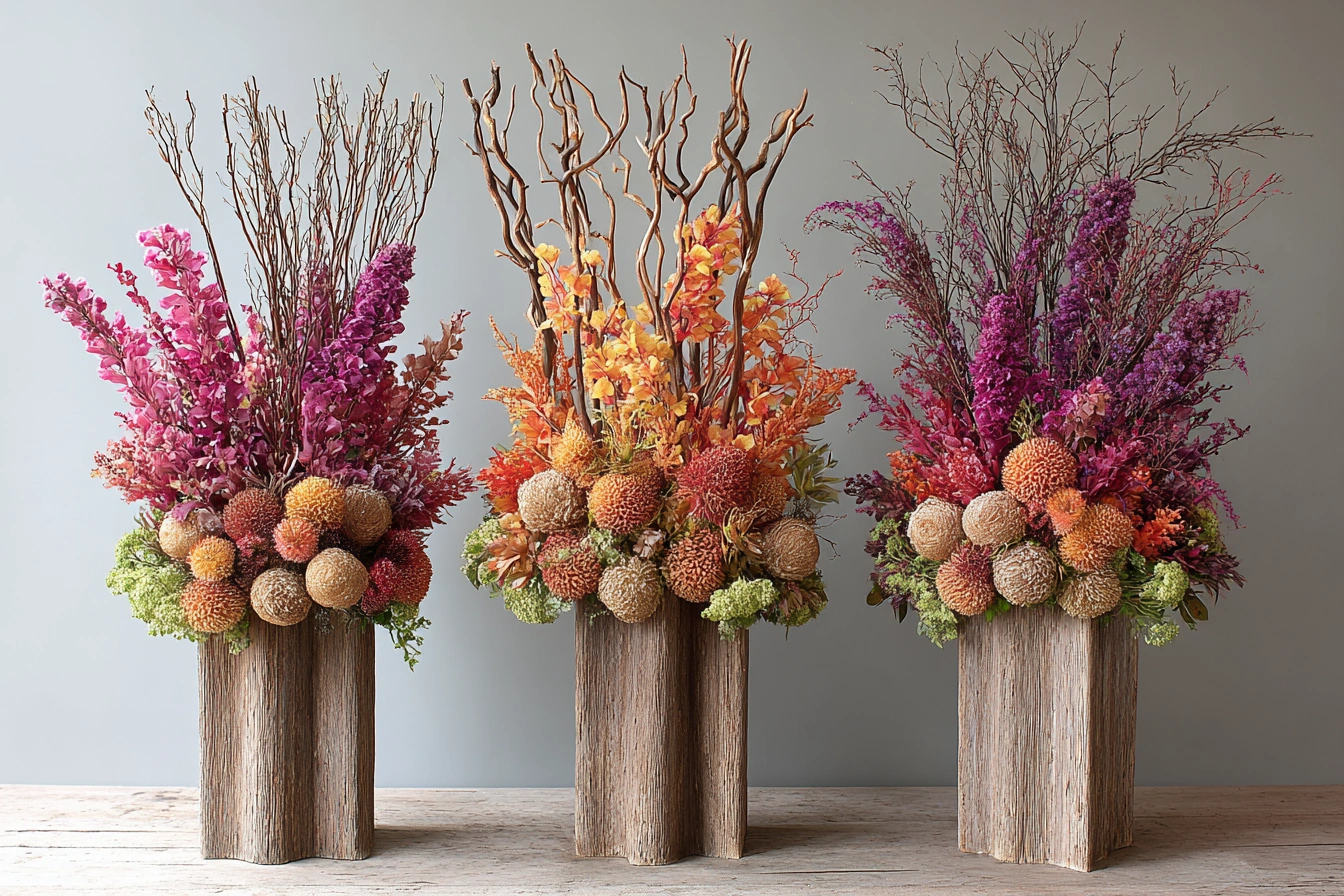
One common misconception is that more floral food equates to longer-lasting flowers; however, this is not true. Excessive floral food can hinder the flower’s ability to absorb water effectively. Alternatives to commercial floral food include natural solutions such as a mixture of water and a small amount of sugar combined with a few drops of vinegar or lemon juice. These alternatives can mimic the positive effects of floral food without the use of synthetic chemicals. Understanding the correct use of floral food is essential for maximizing the longevity of floral arrangements, particularly in harsh climates.
Vase Types that Help Regulate Temperature
When it comes to maintaining the freshness of cut flowers in Arizona’s extreme climate, the choice of vase is crucial. Selecting the right material can greatly influence the temperature regulation and overall longevity of floral arrangements. Popular vase materials include glass, ceramic, and insulated options, each with distinct advantages and disadvantages.
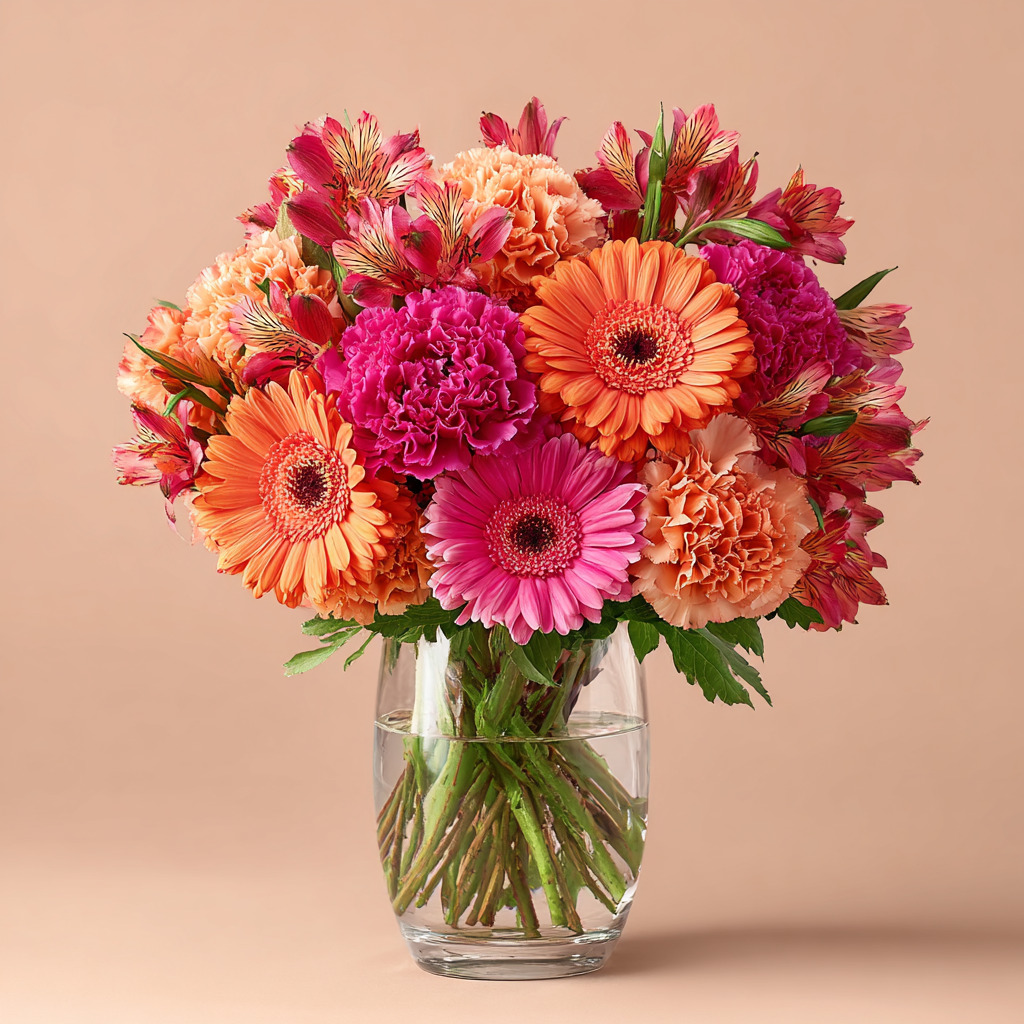
Glass vases are prevalent due to their aesthetic appeal and versatility. While they allow for easy monitoring of water levels, they can absorb heat, which may lead to higher water temperatures that are not ideal for most flower types. To mitigate this effect, consider using tinted or frosted glass, which can reduce direct sunlight exposure and help keep the water cooler.

Ceramic vases, on the other hand, offer a sturdy base and better insulation properties. They are effective at maintaining a consistent temperature, as the thicker walls help protect against external heat. However, the weight of ceramic can be a drawback when moving arrangements. Additionally, some ceramic vases come with a glazed finish that can provide a more polished look, enhancing the display of your flowers.
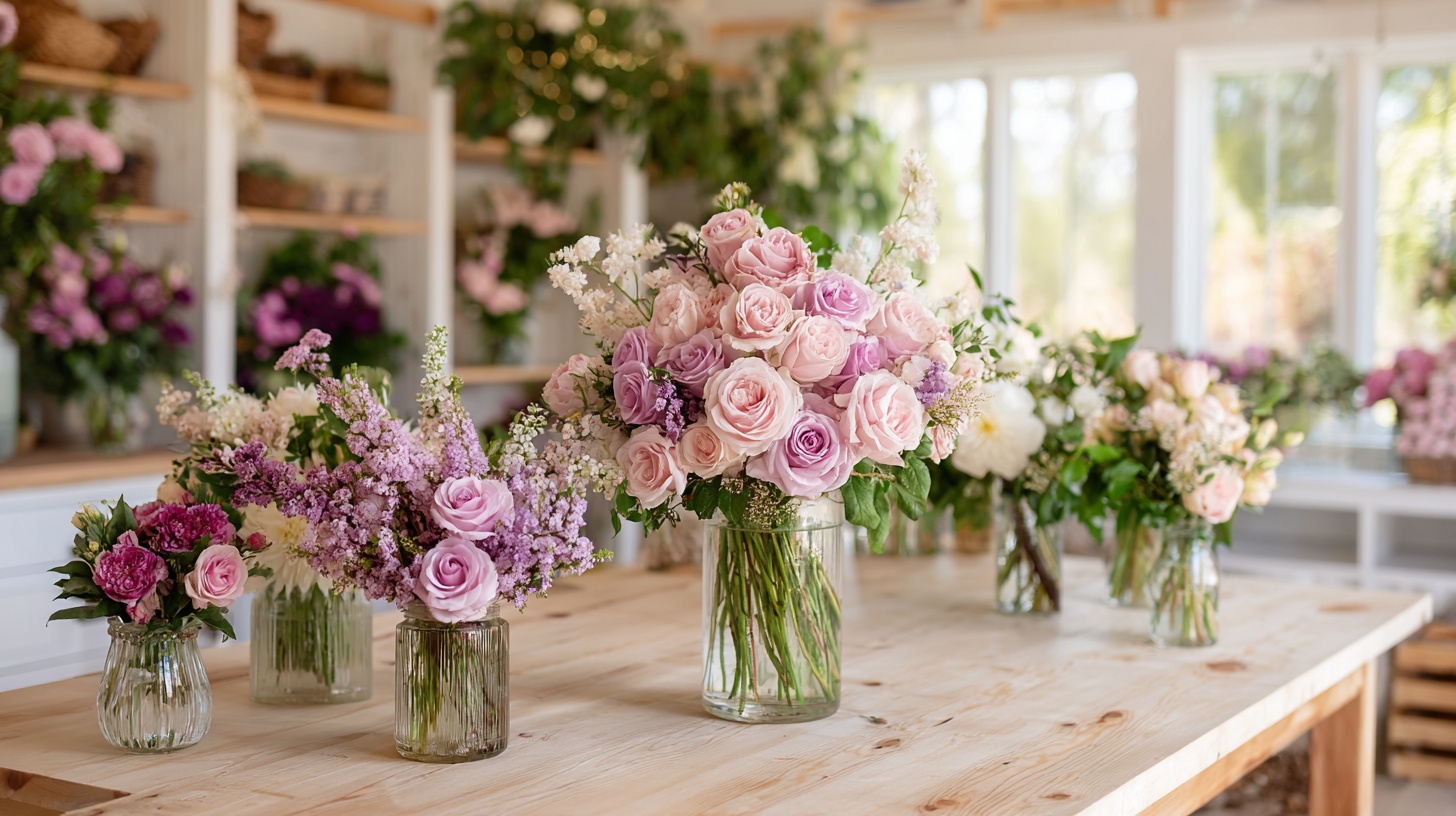
Innovative insulated vases have emerged on the market, designed explicitly for temperature control. These vases incorporate advanced materials that reflect heat, ensuring the water remains at an optimal temperature for longer periods. Some insulated vases even include built-in ice compartments, allowing for further cooling options, which are particularly beneficial during the sweltering Arizona summers.
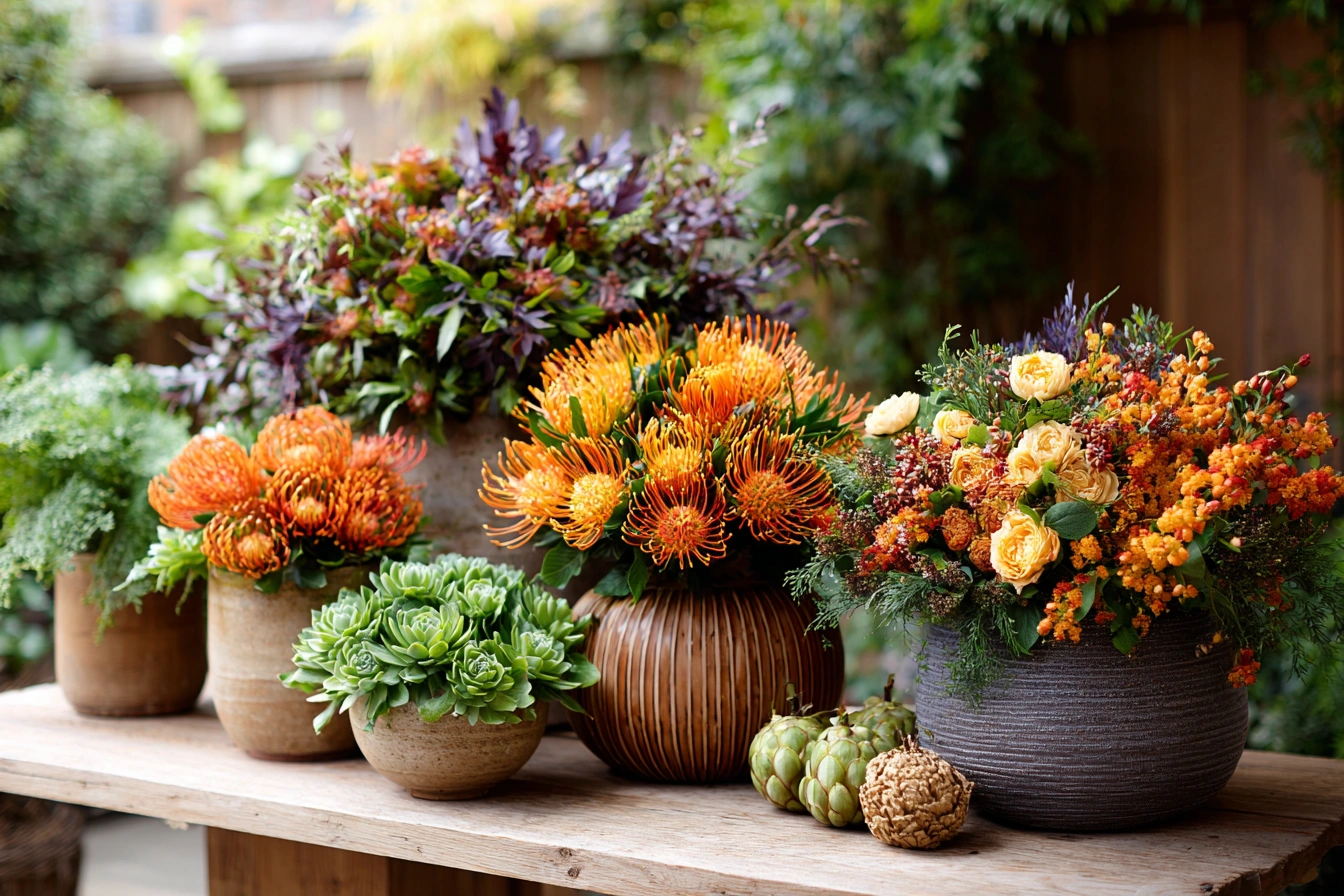
When selecting a vase, consider the specific needs of your flowers as well. Delicate blooms may require a vase that minimizes exposure to heat, while hardier varieties might thrive in a wider range of conditions. Taking the time to choose the right vase not only enhances the display of your floral arrangements but can also significantly prolong their vitality in an extreme climate.
